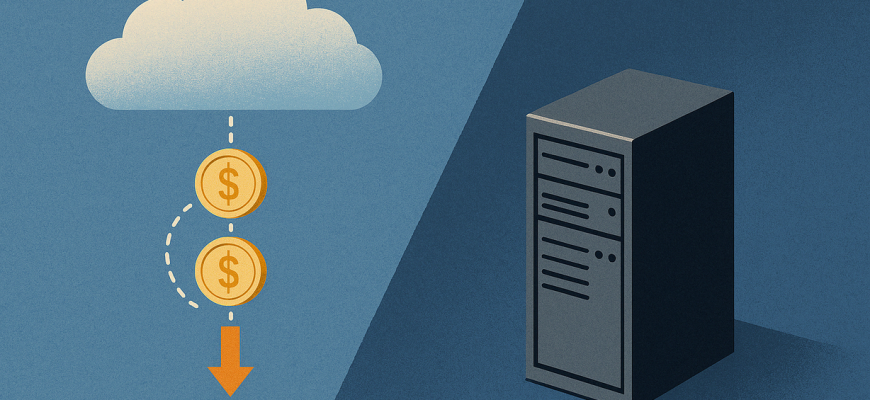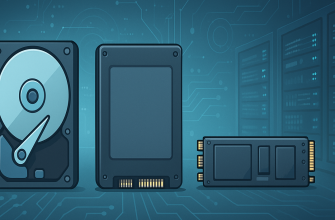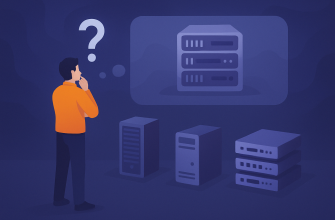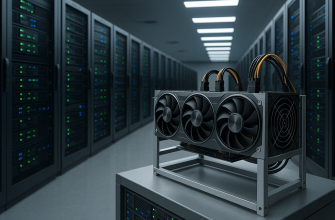- Introduction
- 1. The Illusion of Low Costs in the Cloud
- 2. When Cloud Costs Spiral Out of Control
- 3. The Case for Owning a Server
- ✅ Long-term, stable workloads
- ✅ High data throughput
- ✅ Data control and compliance
- ✅ Total cost of ownership (TCO)
- 4. How to Decide: Cloud vs. On-Premise
- 5. Real-World Example: Startup vs. Scale-Up
- Conclusion
Introduction
Cloud services are everywhere. From startups to enterprises, companies are flocking to Amazon Web Services (AWS), Google Cloud, and Microsoft Azure. The promise? Scalability, flexibility, and low upfront costs. But behind this shiny surface lies a hidden truth: cloud computing can become surprisingly expensive—especially as your business grows.
In this article, we’ll break down the hidden costs of cloud infrastructure and explore when investing in your own physical server might make more financial and operational sense.
1. The Illusion of Low Costs in the Cloud
At first glance, the cloud seems affordable. No hardware costs, no need for maintenance staff, and pay-as-you-go pricing. But here’s the catch:
- Cloud pricing models are complex and opaque.
- Hidden fees lurk behind data transfer, storage tiers, and API calls.
- Costs scale rapidly with usage, often unpredictably.
A company that starts with a $50/month instance might end up paying thousands as workloads increase. Over time, the cloud can quietly bleed your budget dry.
2. When Cloud Costs Spiral Out of Control
Here are common scenarios where cloud expenses can become a serious issue:
- Data-heavy applications: Storing and retrieving large datasets can result in huge data egress charges.
- Constant uptime: Running 24/7 workloads means you’re paying full price at all times, unlike owning where power and cooling may cost less.
- Compliance & security: Meeting strict regulatory requirements in the cloud often requires expensive add-ons.
- Vendor lock-in: Migrating away from a cloud provider is costly and time-consuming, locking you into higher pricing over time.
3. The Case for Owning a Server
Contrary to popular belief, buying and maintaining your own server can be cost-effective, especially for predictable workloads. Here’s when it makes sense:
✅ Long-term, stable workloads
If your computing needs are consistent, owning a server eliminates monthly variable fees.
✅ High data throughput
Local servers avoid cloud egress fees and offer faster access to large files.
✅ Data control and compliance
On-prem servers give full control over data storage, access, and security—important for industries with strict compliance rules.
✅ Total cost of ownership (TCO)
With proper planning, hardware can last 3–5 years or more. The upfront investment can be cheaper than 3 years of cloud billing for equivalent performance.
4. How to Decide: Cloud vs. On-Premise
Ask yourself the following:
| Question | If Yes → Consider |
|---|---|
| Are your workloads predictable? | Owning a server |
| Do you process large datasets? | Owning a server |
| Is compliance a key concern? | Owning a server |
| Do you need high availability and fast scaling? | Cloud |
| Do you lack IT infrastructure? | Cloud |
A hybrid approach is also possible—keep mission-critical workloads in-house and burst to the cloud when needed.
5. Real-World Example: Startup vs. Scale-Up
A startup might thrive in the cloud due to flexibility and low initial costs. But as it scales—adding users, data, and complexity—cloud bills skyrocket. At that point, investing in dedicated infrastructure pays off.
Case in point: a SaaS company reduced cloud spending by 70% after migrating its core services to colocated servers, with better performance and full control.
Conclusion
Cloud services offer undeniable advantages—but they’re not a one-size-fits-all solution. As your organization grows, so do the hidden costs of cloud computing. For stable, data-intensive, or security-conscious applications, owning a server may be not only smarter but significantly cheaper.









